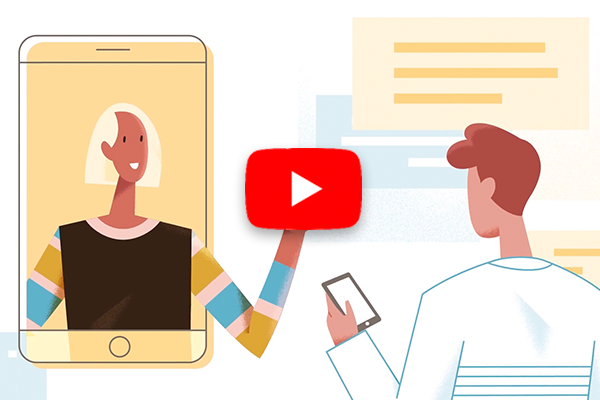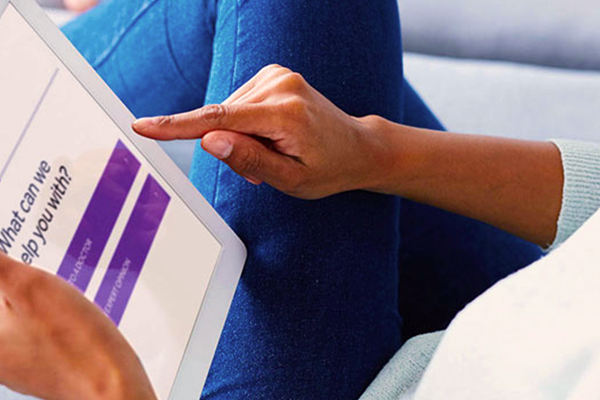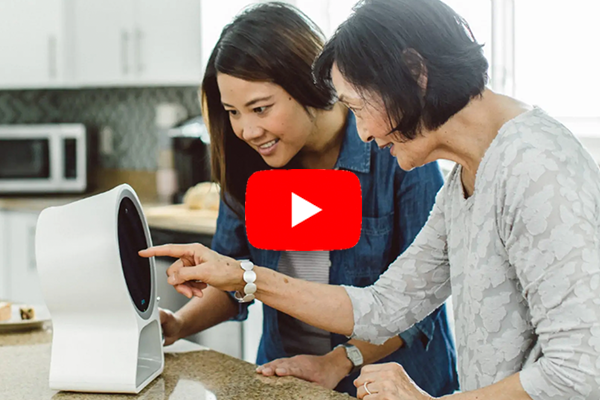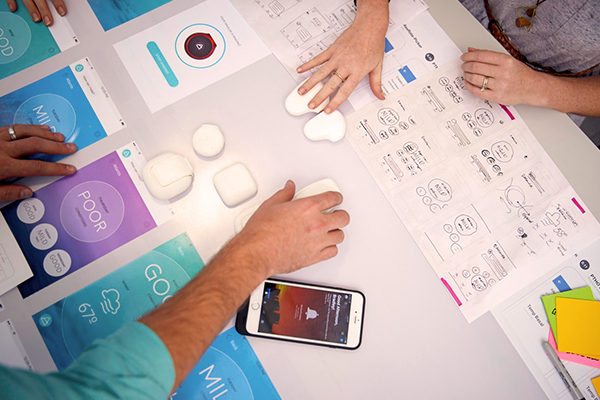What are Humanized Patient-provider Interactions?
Humanized patient-provider interactions are new kinds of digital technologies that are allowing care teams to interact with patients in novel and diverse ways. While telemedicine has grown significantly in recent years, a 2019 study reported that 88% of health care providers surveyed had invested in or were evaluating investments in remote patient monitoring technology. Through these kinds of tools, nurses can manage a patient’s health journey independently, escalating the contact to physicians only when necessary.
The key drivers of this trend are:
Patient empowerment: Due to the commercialization of the healthcare system and healthcare settings and increased access to their own third-party data, patients have become increasingly empowered in their provider relationship over recent years, leading to improved quality of care.
Electronic health record adoption: The digitization of health records has been slow going, but as it becomes increasingly more common, providers have access to a treasure trove of information.
COVID-19 accelerated adoption: Many kinds of care that were not previously virtual (or accepted by patients and doctors as viably virtual) were forced online during the COVID-19 pandemic — and some of these changes will be likely to stick around.
Why Do Humanized Patient-provider Interactions Matter?
As patient-provider interactions turn digital, providers must ensure that their bedside manner translates across the digital landscape. To help put patients, caregivers, and providers at ease and to address this issue, designers are helping craft these interactions with subtle elements and cues to prompt a warm, engaging, and thoughtful connection between the patient and provider, even if their interaction remains wholly digital.
Opportunity #2: Filling the Care Gap with Mobile Tools
Though it’s the leading cause of disability in the United States, patients often don’t have access to mental health treatment. Clinicians who aren’t trained in mental health disciplines are being called to fill this care gap, but with high rates of burnout and increased stress due to COVID-19, physicians are also increasingly affected by mental wellness issues — and unfortunately, they face an even greater stigma when accessing care. To help more patients and physician-patients, asynchronous communication is emerging as a psychotherapy tool. By providing discrete, continuous, lasting emotional support to more patients, this tool can help address the care gap and the doctor-patient relationship, while also offering primary care at a lower cost.
Patients often experience a care gap between in-person visits with their physician, which can often be spaced months apart. To help address this gap, as well as gain better insight into patients’ emotional states between appointments, emerging technology that understands body cues, stress and mood cues from facial expressions can provide insight into emotional health and well-being. This insight can help improve patient-provider communication and also collect data on user moods — potentially predicting skepticism and discomfort, or even predicting health outcomes and crises before they cause issues.
Though most people tend to think of mental health as a one-on-one, in-person experience between the HCP and patient, telehealth has become more and more popular — especially in the wake of COVID-19. Tools like Ginger make mental health treatment and videocalls via mobile device possible, maximizing convenience and minimizing stigma. Other applications, like the AI chatbot Youper, further allow access to therapy for managing anxiety and depression.
Opportunity #3: Improving the Patient Regimen Experience with More Humanized Patient-provider Interactions
Communication between patient and doctor doesn’t just happen inside the walls of the hospital anymore — as physicians’ roles expand along the continuum of care, new kinds of collaboration, like asynchronous communication, is important to improve adherence.
Providing patients with “whole-person” care and making health professionals more accessible, Teladoc is an app that helps navigate asynchronous communication. The platform delivers convenient access to healthcare and health services worldwide, helping members address their medical care needs through virtual visits, either on-demand or scheduled. After their visits, 92% of patients reported resolution, proving the app’s convenience, outcomes, and value for users.
Care devices are also being designed to appear more personified — a strategy designed to increase the number of humanized touchpoints to put patients at ease. One such device is Mabu, a social wellness bot with a friendly, casual tone. Along with making patients more comfortable, this type of humanized interface helps health teams:
– Have conversations with patients about uncomfortable subjects
– Gather patient information to reduce the amount of time spent in the clinic
– Provide more comforting medication and appointment reminders
– Improve overall regimen adherence
Another medication adherence robot, Pillo Health, also uses humanized features to foster patient comfort — its emotive face keeps users feeling less intimidated when receiving reminders.
Opportunity #4: Improving Patient Outcomes with Personalized Care Plans
As HCPs continue to expand their services beyond post-op and into the “long tail” of recovery and even lifestyle change, they must create new models for their extended relationship with patients to better support long-term needs. By working in close partnership with these patients to create personalized recovery plans, they can ensure that people have the tools and support that they need to meet their goals and improve their decision-making process.
For example, MyBiometry is a tech startup empowering users with personalized insights generated from biometric and sensor data. Disposable sensors are read by a cloud-connected reader that gathers data from the home or point-of-care, which then is paired with clinical and environmental data to offer actionable, personalized insights and qualitative study to patients and HCPs alike. Through this machine learning, the app coaches users to help better manage their conditions. While this specific platform is currently focused on helping patients with asthma, the company hopes to expand the platform to other chronic illnesses soon.
Also working within the chronic condition space is Lark, an ecosystem of devices, machine learning, and mobile apps that provide physician communication, personalized coaching, and action plans to patients. Adapting day-to-day, these programs feature condition-specific sensors that collect data and user feedback to provide patients with chat-based interventions that guide, support, and coach them to help them manage their chronic diseases.
Stay Tuned into the Latest Healthcare Trends with Thrive
The healthcare industry is rapidly changing — and this year, more than ever before. Over the past several weeks, we have explored the top 13 trends in health tech, so if you missed our previous installments in this series, check them out to know what to expect in 2021 and beyond.
With years of experience, our expert healthcare technology consultants can help you respond to this industry’s shifting trends to keep your business on track today and into the future. Contact THRIVE today.
RELATED POSTS
If you missed any of the previous posts in this blog series on the future trajectory of healthcare, you can find them here:
Week 1: The Shifting Point of Care
Week 2: The Hyper Personalization of Care
Week 3: Expanding the Continuum of Care
Week 4: Patient Empowerment
Week 5: Physician Empowerment
Week 6: Orchestrating Operating Room Efficiency
Week 7: Human-centered Healthcare Design
Week 8: Improving Medical Device UX Design
Week 9: Improving Contextual Design & Cognitive Empathy
Week 10: Enhanced Data Visualization Tools
Week 11: The Increasing Prevalence of Robot-Assisted Surgery
Week 12: Behavioral Design for Medical









